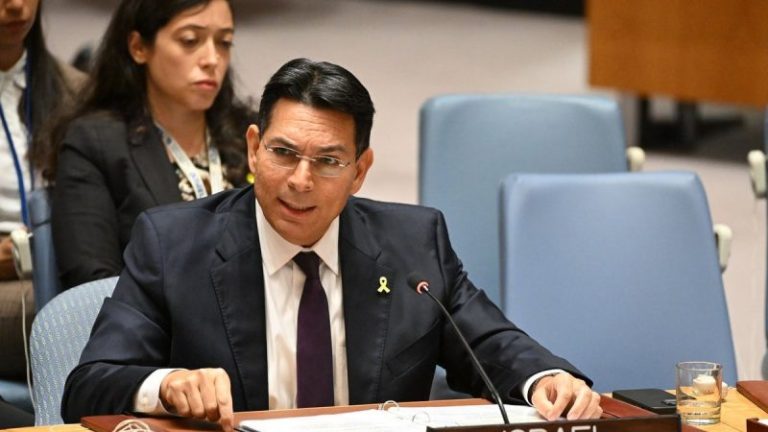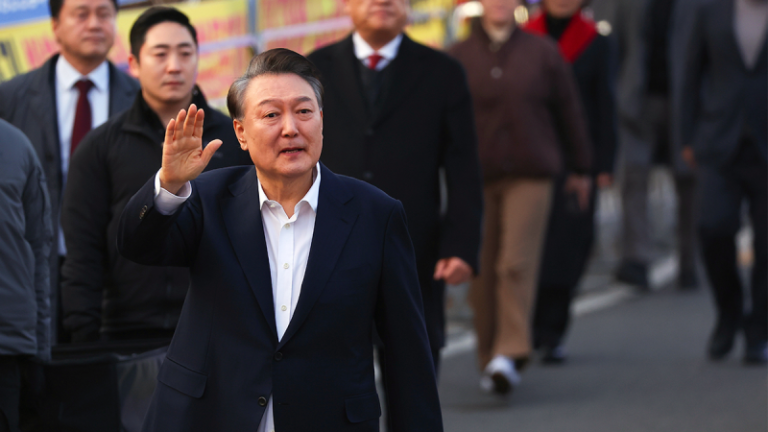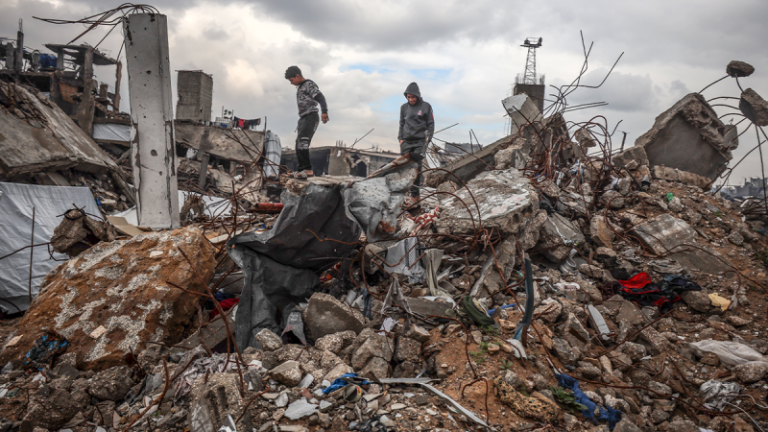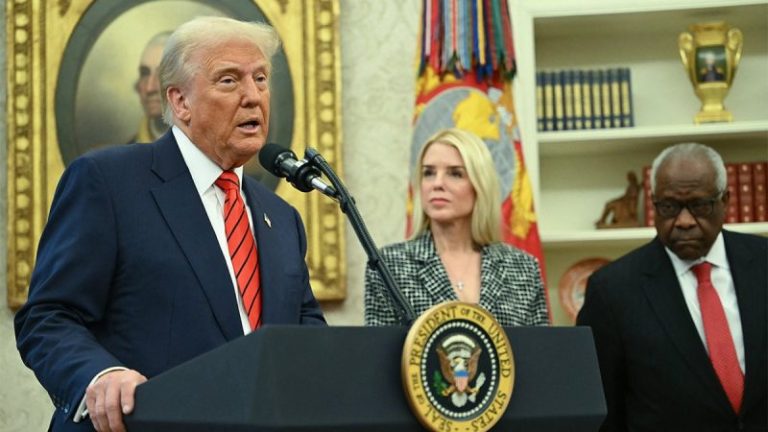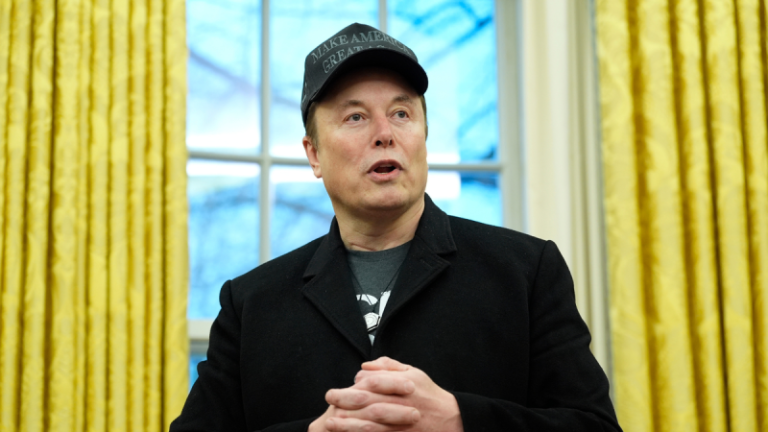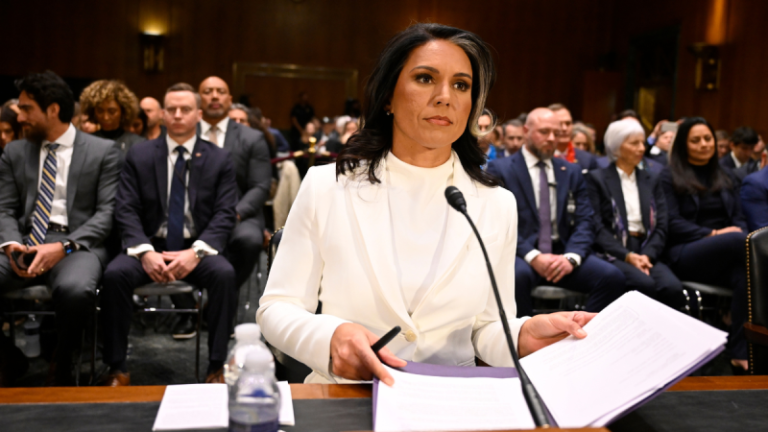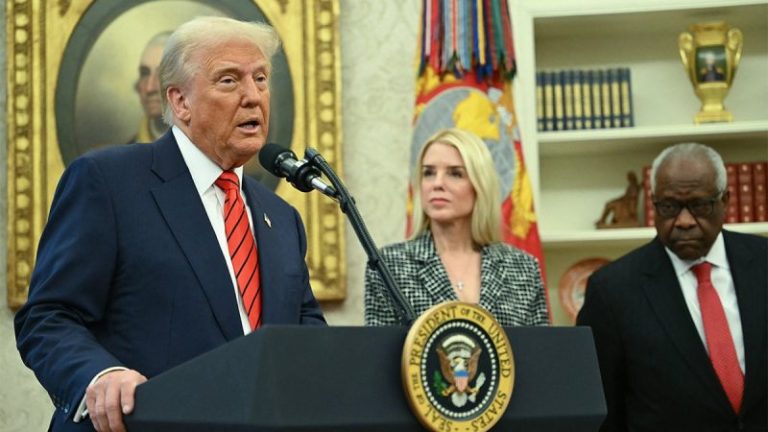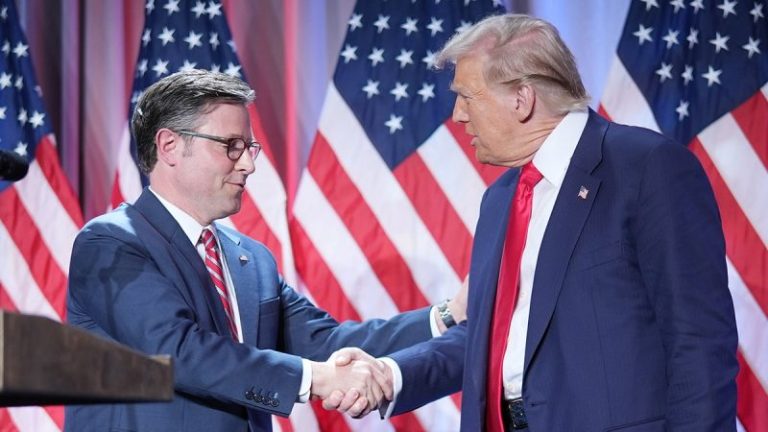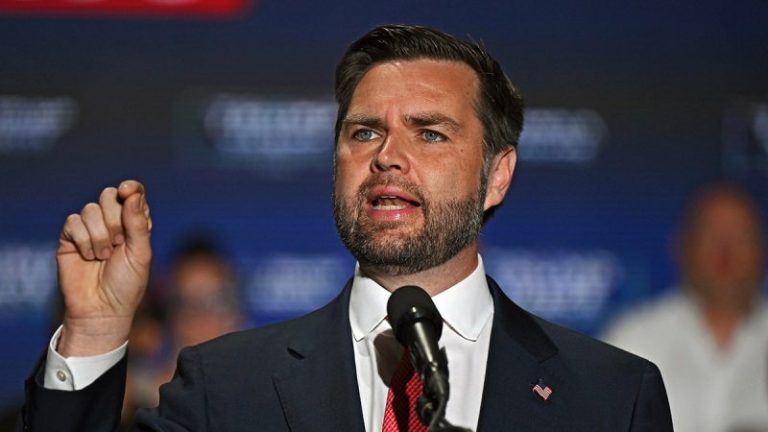Director of National Intelligence Tulsi Gabbard’s warning of a terrorist takeover in Syria looks to be coming true amid reports that al Qaeda-linked terror forces aligned with Syria’s interim new president—a former al Qaeda terrorist—are being accused of massacring Alawites as well as members of the country’s dwindling Christian community.
Syrian security forces and affiliated gunmen have killed more than 340 civilians, the vast majority of them from the Alawite minority, over the last two days, Rami Abdulrahman of the Syrian Observatory for Human Rights told Reuters on Saturday.
At Gabbard’s Senate confirmation hearing she said ‘I have no love for Assad or any dictator. I just hate al-Qaeda. I hate that our leaders cozy up to Islamist extremists, calling them ‘rebels’, as Jake Sullivan said to Hillary Clinton, ‘al Qaeda is on our side in Syria.’ Syria is now controlled by al-Qaeda offshoot HTS, led by an Islamist Jihadist who danced in the streets on 9/11, and who was responsible for the killing of many American soldiers.’
An Alawite woman from the region of Al-Ghab plain, where there is a majority Alawite population, told Fox News Digital that the forces said, ‘Alawites are pigs, and they have to execute all of them and the small children before the elderly people.’
The witness spoke on the condition of anonymity for fear of reprisal from the authorities. She said that two militias had entered her house on Thursday and searched her residence for weapons. One of the members ‘put a gun to my head and asked for all my money. They took all the money and took money from our neighbors.’
She confirmed reports that the Islamist forces murdered the prominent Alawite 86-year-old cleric Shaaban Mansour and his son Hussein Shaaban. Reuters reported that Mansour was killed on Friday with his son in the village of Sahlab in western Syria. Residents there accused fighters aligned with Damascus of killing them.
A sizable Christian population living in the area has also reportedly been under attack. Greco-Levantines Worldwide media reported that a young family, including their infant child, was killed on Friday. A father and son, Tony and Fadi Petrus, were also executed by Islamists.
The witness said that in other Alawite towns—Nahr al-Bared and Deir Shamil—the Islamist militias ‘are entering houses and killing people and stealing everything. They are covering their faces.’
‘I feel there is no safety. There is no homeland. There is nowhere to escape to, and no one to defend us. I feel fear and horrifying feelings.’
The witness added that the Islamists are Hayat Tahrir al-Sham (HTS) and other such groups affiliated with HTS, who stormed her region. She said HTS terrorists were Syrian Arabs, because of their spoken Arabic.
Ahmed al-Sharaa and his group, Hayat Tahrir al-Sham, a U.S.-designated Sunni terrorist organization, toppled the former Syrian President Bashar Assad in December. Assad is a member of the Alawite minority, an offshoot of Shiite Islam. The Alawites comprise roughly 10% of the Syrian population.
The Alawite source told Fox News Digital that the community is seeking support from the U.S., noting that the Islamists ‘want to kill all of us. They don’t want us in Syria. We have to flee Syria. They are seeking revenge from the former regime. I am asking for protection and to live in dignity, because we can be killed at any moment.’
One Alawite, who asked to remain anonymous, and who lives in Europe and is in constant contact with her community in Syria, claimed that in the coastal region and Alawite, more than 4,000 people are estimated to have been killed. She claimed to have received lists of people from Alawites who have documented the mass murder.
She and her group wrote on Telegram that al-Sharaa’s ‘fighters have unleashed a wave of terror against civilians in Syria’s coastal cities. Reports from Alawite community sources indicate hundreds of casualties, with Christians also among the victims.’
In his first comments on the violence, interim President al-Sharaa said that government forces would pursue ‘remnants’ of the ousted Bashar Assad government.
‘We will continue to pursue the remnants of the fallen regime. . . . We will bring them to a fair court, and we will continue to restrict weapons to the state, and no loose weapons will remain in Syria,’ Sharaa added in a pre-recorded speech.
The U.N. Secretary-General António Guterres, European politicians and diplomats from the former Biden administration have sought to woo Sharaa with sanctions relief and diplomatic relations since December. Critics argue that a former Islamic State and al-Qaeda terrorist, Sharra, can’t simply sport a suit and pretend he has abandoned his terrorist ideology and methods.
Just two days before the slaughter of Alawites, Guterres met with Sharaa on Tuesday in Cairo where they discussed views about a new course for Syria.
While an official statement has yet to come from the U.N. chief, his special envoy for Syria, Geir Pedersen, said he was ‘deeply concerned’ by the reports of killings.
A group of Alawite clerics, the Alawite Islamic Council, blamed the violence on the government, saying that fighters had been sent to the coast ‘with the pretext of (combating) ‘regime remnants,’ to terrorize and kill Syrians.’ It called for the region to be put under U.N. protection.
Syrian authorities said the violence began when remnants loyal to Assad launched a deadly and well-planned attack on their forces on Thursday.
The violence has shaken Sharaa’s efforts to consolidate control as his administration struggles to get U.S. sanctions lifted and grapples with wider security challenges, notably in the southwest, where Israel has said it will prevent Damascus from deploying forces.
The violence spiraled on Thursday when the authorities said groups of Assad-aligned militias had targeted security patrols and checkpoints in the Jableh area and surrounding countryside, before spreading.
Moussa al-Omar, a Syrian media figure close to the country’s new leadership, told Reuters that tens of thousands of fighters in Syria’s newly constituted security forces had been deployed to the coast in the operation and that order had been largely restored as of Friday night.
He said the crackdown was ‘a message to anyone in the south or east of Syria that the state . . . is capable of a military resolution at any time, even as it seeks peaceful solutions.’
Alawite activists say their community has been subjected to violence and attacks, particularly in rural Homs and Latakia, since Assad was overthrown in December after decades of repressive family rule and civil war.
Saudi Arabia condemned ‘crimes being undertaken by outlaw groups’ in Syria and their targeting of security forces.
Turkey, a close ally of Syria’s new government, also stated its support for Damascus, saying, ‘The tension in and around Latakia, as well as the targeting of security forces, could undermine the efforts to lead Syria into the future in unity and solidarity.’
Israel’s Defense Minister Israel Katz blasted Syria’s Islamist rulers on Friday for their campaign to smash a nascent insurgency by fighters from ousted President Assad’s Alawite group.
‘[Abu Mohammed] al-Julani switched his robe for a suit and presented a moderate face,’ Katz said in a statement on X, using the nom de guerre of Ahmed al-Sharaa. ‘Now he’s taken off the mask and exposed his true face: A jihadist terrorist of the al-Qaeda school who is committing horrifying acts against a civilian population.’
Katz added, ‘Israel will defend itself against any threat from Syria. We will remain in the security zones and Mount Hermon and protect the communities of the Golan and Galilee. We will ensure that southern Syria remains demilitarized and free of threats, and we will protect the local Druze population—anyone who harms them will face our response.’
The Syrian Alawite source in Europe told Fox News Digital that the Alawites want Israel to protect them like Israel’s offer of aid to the Syrian Druze population, who are also being targeted by the Islamist government in Damascus.
Reuters contributed to this report.
This post appeared first on FOX NEWS

